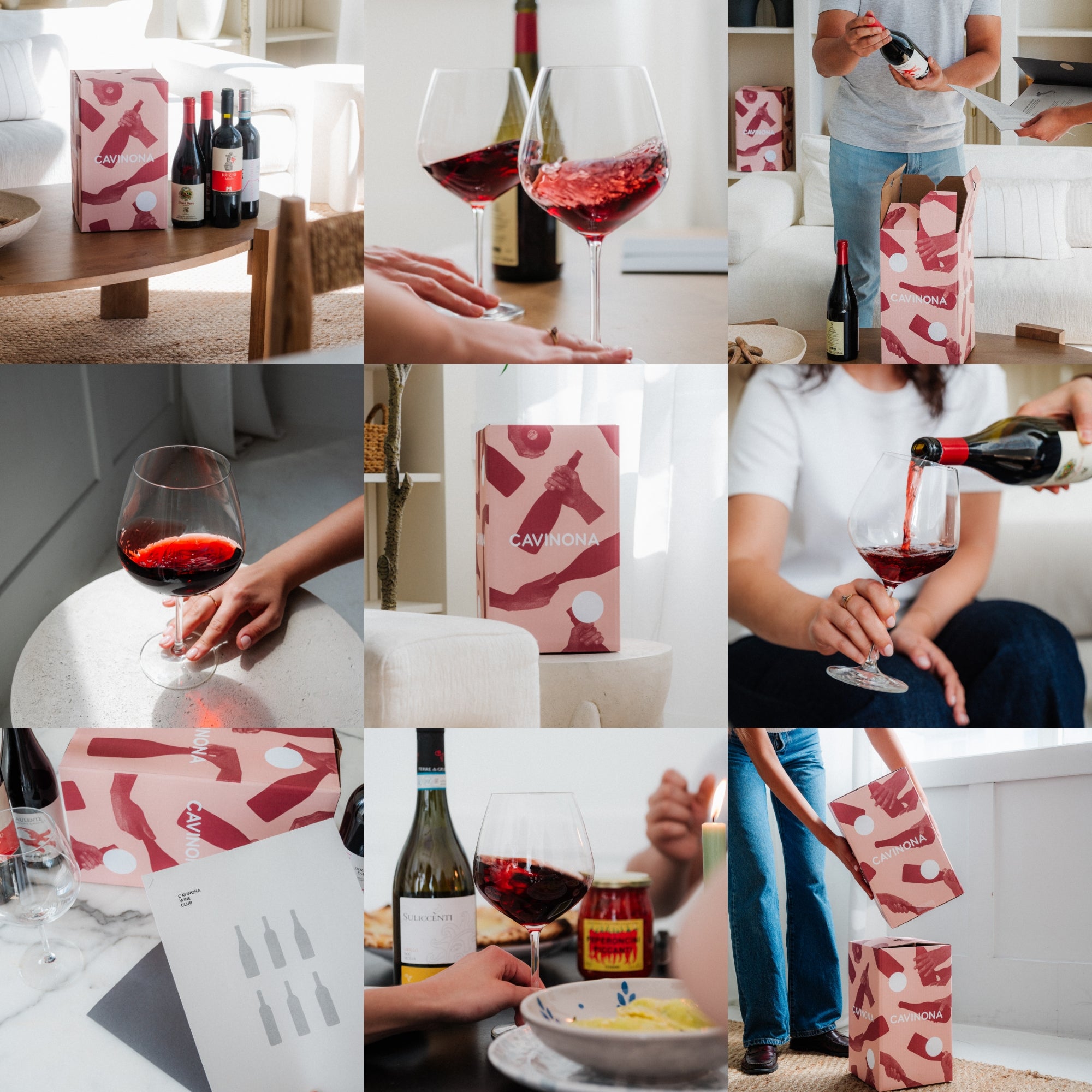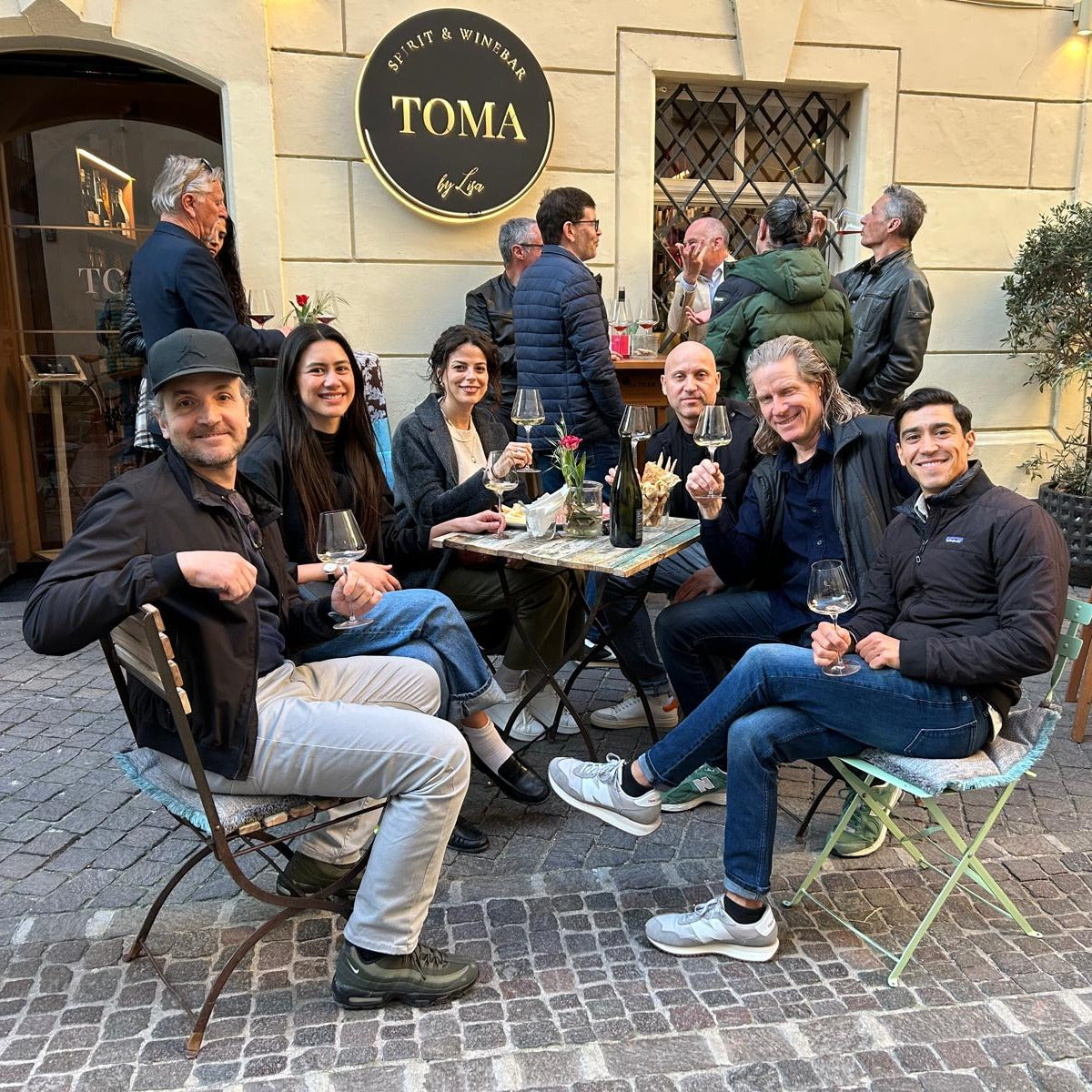Alto Piemonte: The New Frontier of Nebbiolo

Image: Carema, Alto Piemonte
Once overshadowed by Barolo and Barbaresco, Alto Piemonte has quietly become one of Italy’s most dynamic wine regions. It’s where Nebbiolo shows its most vibrant and honest face, shaped by cool mountain air, volcanic soils, and small family producers dedicated to quality over quantity.
Alto Piemonte represents the perfect mix of heritage, precision, and value. Its wines have depth and freshness and fit naturally into modern wine lists and cellars.
A Region Rediscovered
A century ago, Alto Piemonte was a powerhouse. Before phylloxera and industrialization, this northern corner of Piedmont, around the towns of Gattinara, Ghemme, Lessona, and Boca, had more vineyard land than Barolo and Barbaresco combined.
The wines were highly regarded, often served in royal courts and exported across Europe. Then, in the late 1800s, everything changed.
Phylloxera and the Fall of Alto Piemonte
The arrival of phylloxera, the tiny root-louse that destroyed vineyards across Europe, hit Alto Piemonte hard. Its patchwork of small, family-owned plots made replanting slow and expensive. Many farmers left the countryside to work in factories as northern Italy industrialized.
A series of floods from the Sesia River in the early 1900s wiped out even more vineyards.
By mid-century, what had once been one of Italy’s most important wine regions had nearly vanished. Hillsides once covered in vines were overgrown with forest, and only a few producers kept the tradition alive.
The Revival

Image: Alto Piemonte Vineyards
In the 1980s and 1990s, a new generation began reclaiming Alto Piemonte’s steep, volcanic slopes. They replanted on phylloxera-resistant rootstock, restored dry-stone terraces, and combined traditional winemaking with modern precision.
Today, producers like Colombera & Garella, Le Pianelle, Paride Iaretti, Cantina Produttori Nebbiolo di Carema, La Prevostura, Davide Carlone and Ferrando, are leading this revival, proving that the northern expression of Nebbiolo can stand alongside the best of Italy.
Nebbiolo with Altitude
In Alto Piemonte, Nebbiolo, locally Spanna, ripens more slowly than in the Langhe. Cool Alpine winds preserve acidity, while volcanic and porphyry soils contribute a distinct mineral backbone.
The wines are defined by bright aromatics of red berries, herbs, and rose. Fine tannins, moderate alcohol and vibrant acidity that makes them incredibly food-friendly.
They combine the complexity of Barolo with the freshness of mountain wines: authentic, elegant, and ready to drink earlier.
Key Appellations
Alto Piemonte is not a single denomination but a collection of small, distinctive DOC and DOCG areas, each with strictly regulated production rules that guarantee the wine’s origin, grape variety, and quality, with DOCG representing the highest level of control and prestige.
Our Producers
 Image: Paride Iaretti during harvest
Image: Paride Iaretti during harvest
Based in the village of Masserano, this family estate is a collaboration between Carlo and Giacomo Colombera and winemaker Cristiano Garella, a leading figure in Alto Piemonte’s rebirth. Their vineyards sit on iron-rich volcanic soils, producing wines with savoury depth, spice, and structure.
A boutique estate founded to revive abandoned vineyards between Lessona and Bramaterra. The porphyry and sandy soils are poor for farming but perfect for Nebbiolo.
The focus is on sustainable viticulture and precise, small-lot vinification. The result: Nebbiolo of striking finesse, supported by a touch of Vespolina and Croatina, two native red grape varieties.
Paride Iaretti works in historic sites around Gattinara and the Colline Novaresi, focusing on old-vine Nebbiolo and careful, low-yield farming. His approach is traditional but exacting, producing wines that combine Gattinara’s iron-mineral tension with clear fruit and fine tannins. Paride Iaretti's wines, especially the Gattinara DOCG Vigna Valferana, have a great aging potential.
Located in the heart of Lessona, La Prevostura works organically on sandy, marine-origin soils that give Nebbiolo exceptional aromatic lift. This winery focuses on minimal intervention, crafting wines that are graceful, precise, and deeply mineral.
Cantina Produttori Nebbiolo di Carema
Located in the northwestern corner of Piemonte, the Carema vineyards are small, steep, and historically significant, producing one of Italy’s most elegant Nebbiolo wines. The soils are a mix of porphyry and sandy deposits, giving wines bright acidity and fine mineral structure.
Davide Carlone
Davide Carlone focuses on intimate vineyard plots in the Colline Novaresi and Carema. His wines balance purity of fruit with minerality, showing finesse and elegance, often highlighting single-vineyard expressions of Nebbiolo.
Ferrando
Ferrando, based near Gattinara, works on high-altitude, rocky terraces. Their approach blends tradition with precise modern vinification, producing Nebbiolo with structure, bright aromatics, and early drinkability.
Why Alto Piemonte Belongs in Your Cellar
 Image: Tagliatelle and Nebbiolo
Image: Tagliatelle and Nebbiolo
-
Versatile: Pairs naturally with Italian cuisine, but are versatile enough to complement roasted meats, game, seafood, and a range of cheeses from any cuisine.
-
Distinctive: Offers Nebbiolo’s complexity with a fresher, more approachable profile.
-
Smart value: Delivers top-tier quality at a good price.
-
Growing interest: Sommeliers, collectors, and enthusiasts are turning north for authenticity and drinkability.
Alto Piemonte is a return to the roots of Piedmontese winemaking.
For Cavinona, it represents some of the most compelling wines in the portfolio: expressive, balanced, and true to place. From the volcanic depths to the rolling hills, from refined slopes to structured terraces, these wines reveal how Nebbiolo thrives where human determination meets nature’s challenges, and where a profound love for the land shapes every bottle.

